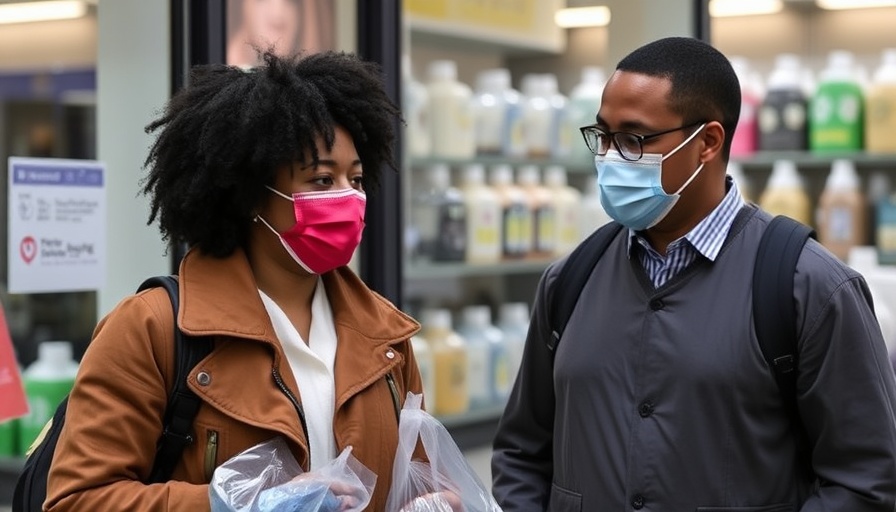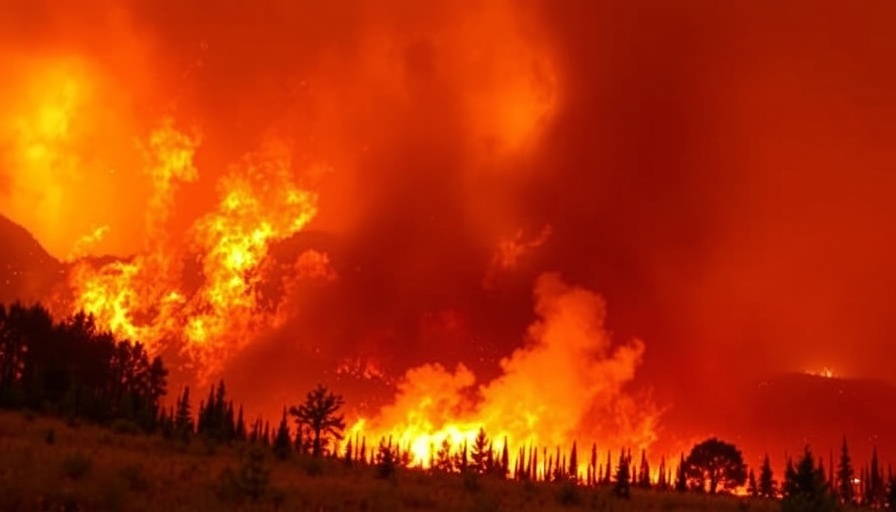
You Won't Believe How Plastic Waste Affects Us All
As the debate over New York's proposed anti-plastic bill heats up, it’s crucial to address one key insight: the plastic supply chain poses substantial health risks, particularly to communities of color. The legislation aims to drastically cut plastic packaging by 30% in the next 12 years, a move that could revolutionize sustainability practices across the state. However, large corporations are pushing back in unexpected ways.
How Lobbyists Are Misleading Communities
Despite evidence showing the significant pollution and health risks from plastic production and waste, lobbyists from the oil and petrochemical industries have shifted tactics. They are now claiming that the anti-plastic legislation will unfairly impact people of color by raising food prices. This corporate narrative has been labeled "plainly racist" by advocates such as state assembly member Claire Valdez. Valdez emphasized that companies are prioritizing profit over people, especially those in communities that are already heavily affected by environmental hazards.
The Economic Perspective: Why Sustainability Matters
At first glance, the argument may sound like a valid concern for low-income communities that depend on affordable food. Yet, focusing on this rhetoric distracts from broader economic benefits of reducing plastic waste. By implementing measures like extended producer responsibility, the bill proposes sustainable practices that not only protect the environment but also create new jobs in recycling and green manufacturing sectors.
Community and Environmental Health at Stake
The very communities that lobbyists purport to defend are often the same ones bearing the brunt of industrial pollution. For example, studies indicate that neighborhoods predominantly occupied by Black and brown residents experience higher rates of asthma and other health issues linked to environmental toxins from plastic waste. The proposed bill directly counters these issues by aiming to phase out toxic compounds from packaging, thereby addressing the very real health disparities these communities face.
A Look at Similar Legislative Efforts
States across the U.S. have successfully enacted similar legislation. For instance, California has made strides in banning single-use plastic straws and bags, with positive feedback from communities experiencing reduced waste and improved health outcomes. This legislative success story helps demonstrate that proactive measures can lead to meaningful changes for vulnerable populations.
The Bigger Picture: Moving Forward
This situation underscores a pivotal moment for New York and potentially sets a precedent for how other states approach plastic legislation. While there are voiced concerns about economic implications, the long-term benefits of sustainability could not only protect the environment but also foster community empowerment by prioritizing the health and safety of all residents.
Call to Action: Get Involved for a Sustainable Future!
If you believe in the power of community and environmental health, now is the time to get involved. Support local advocacy groups pushing for sustainable legislation. Your voice matters in shaping the future of our communities!
 Add Row
Add Row  Add
Add 





Write A Comment